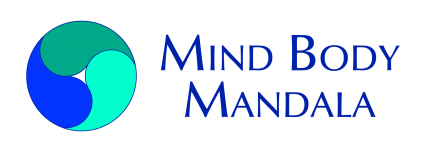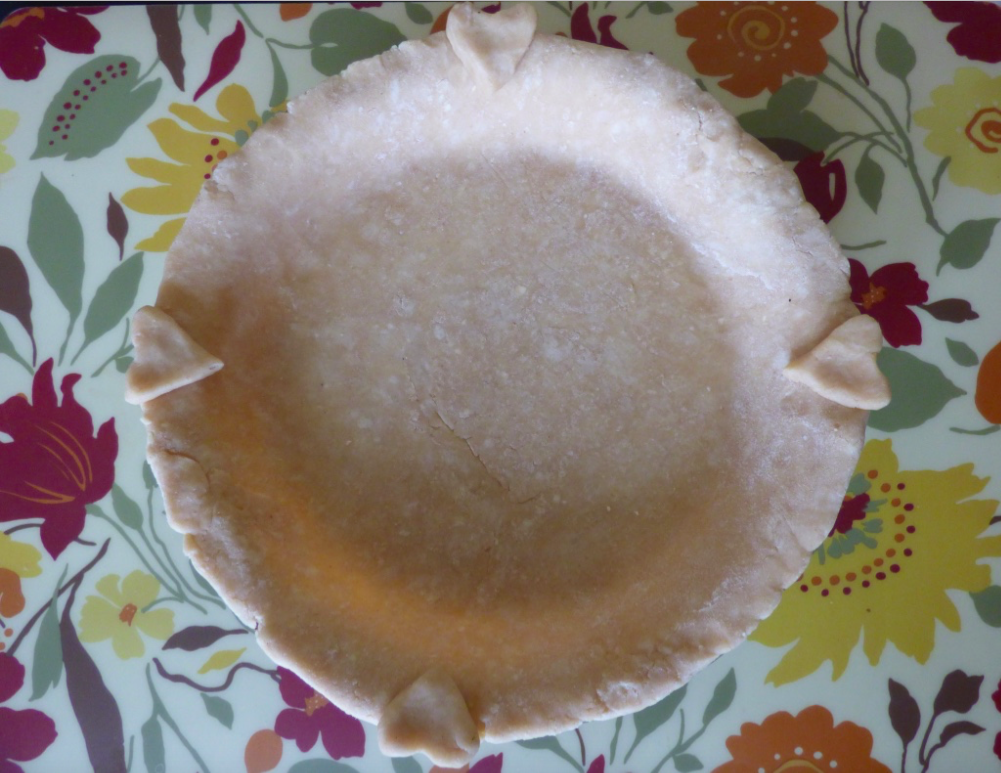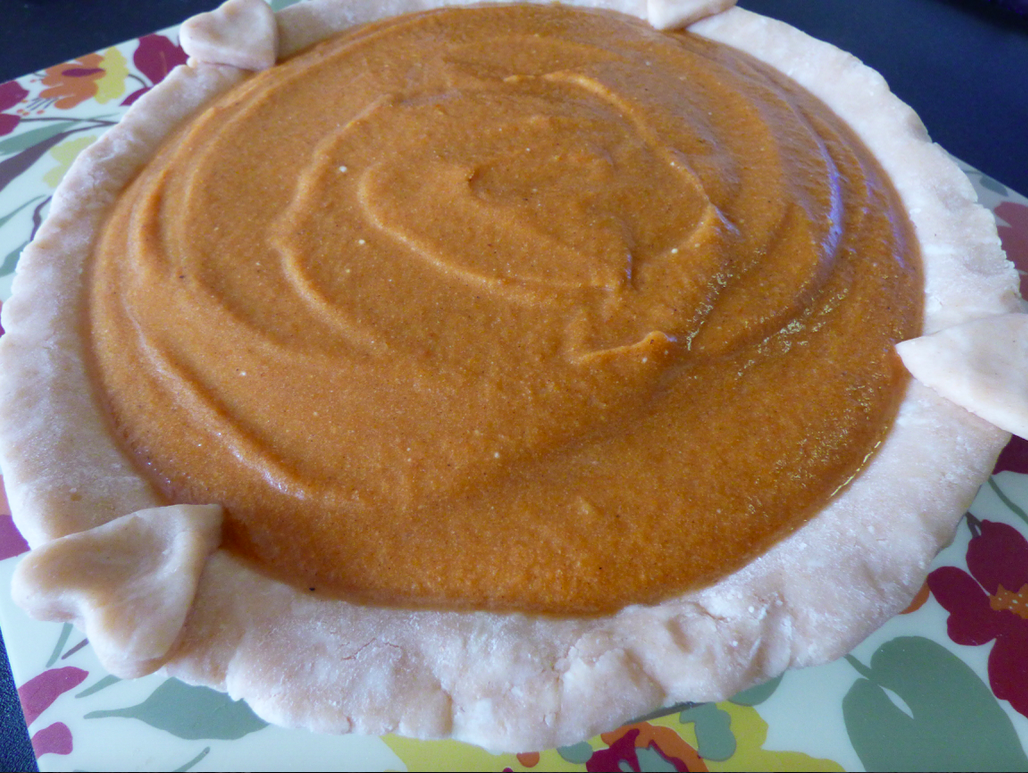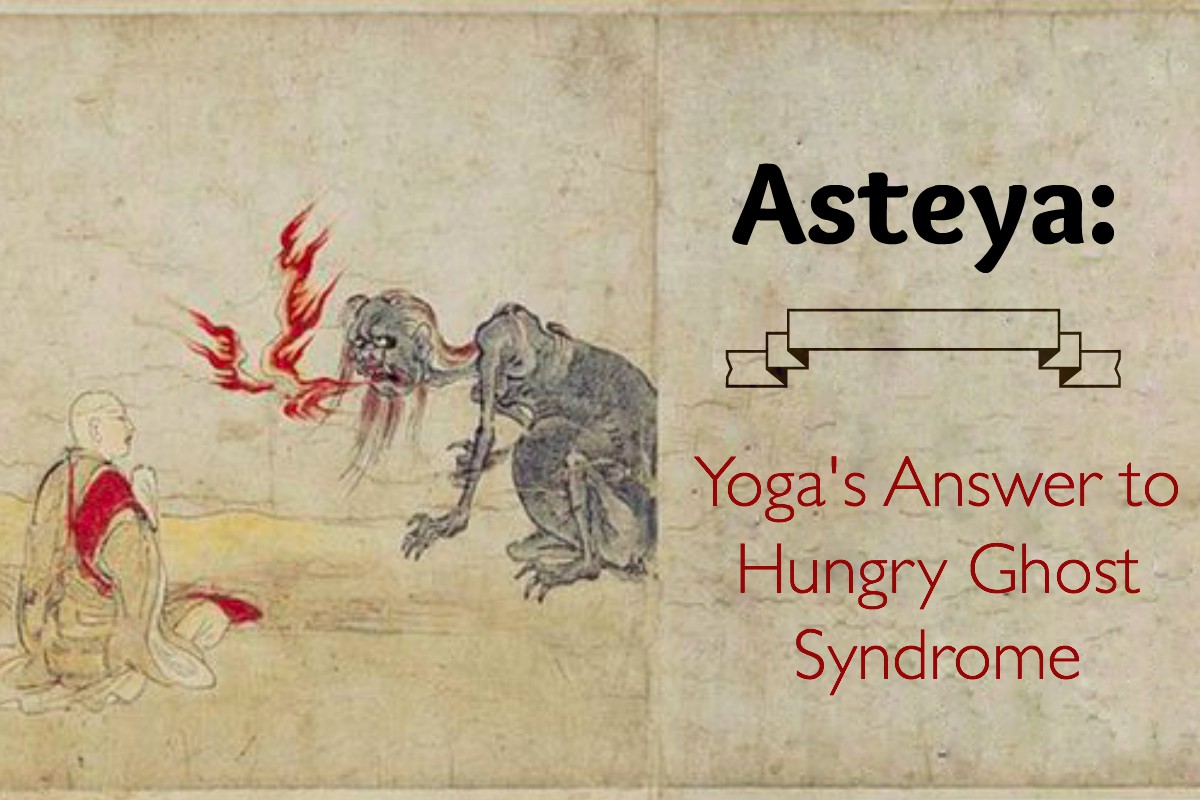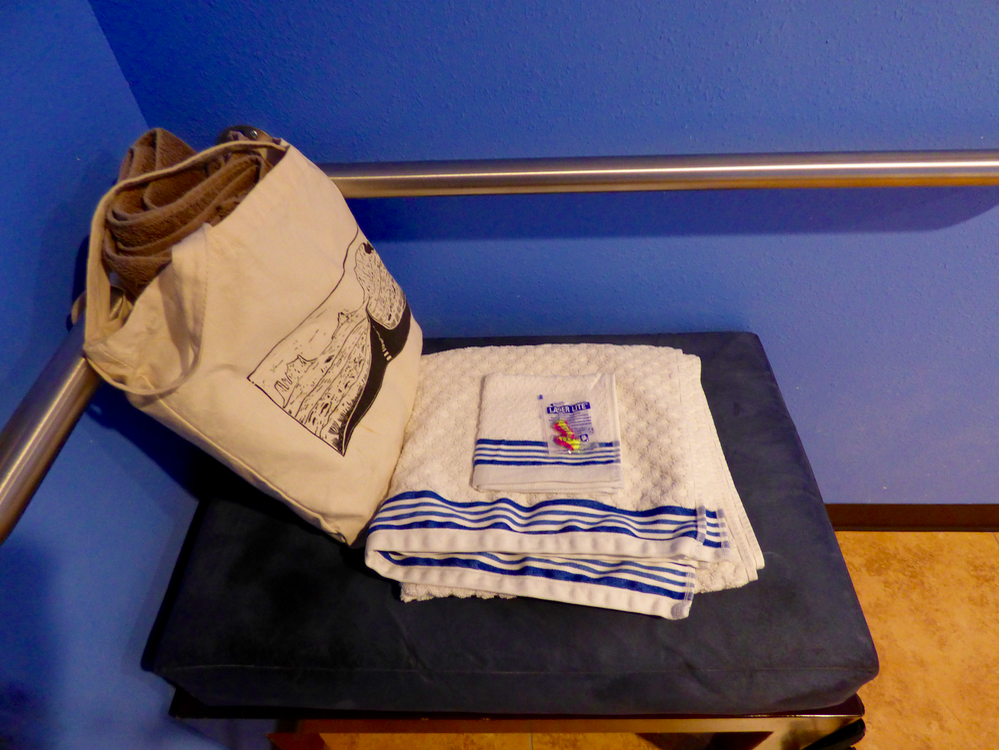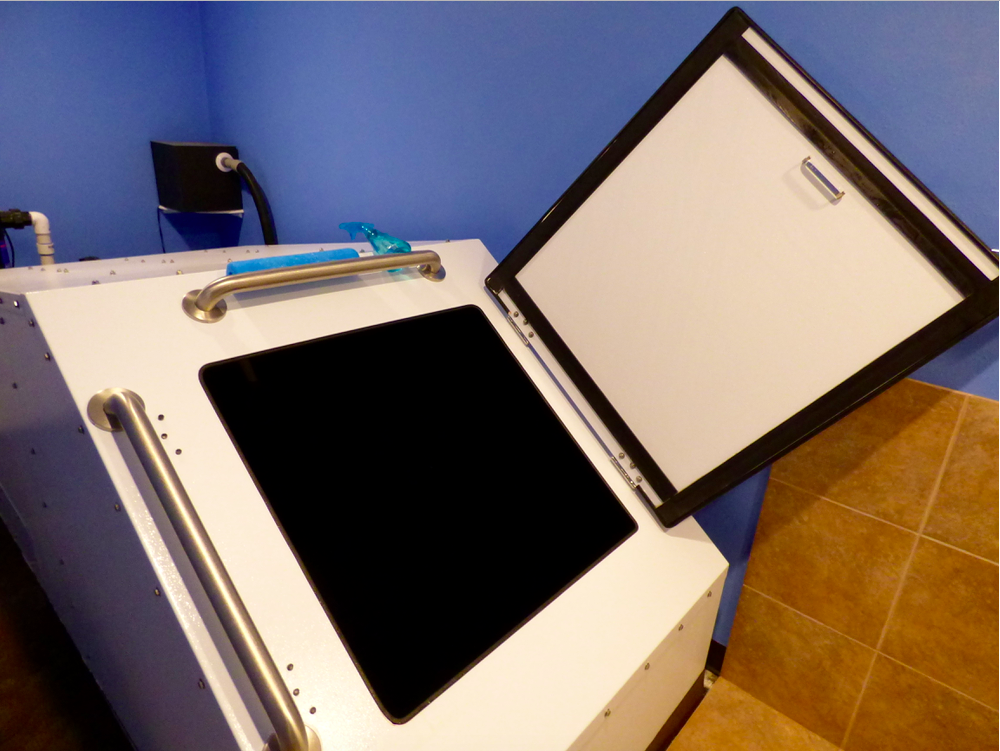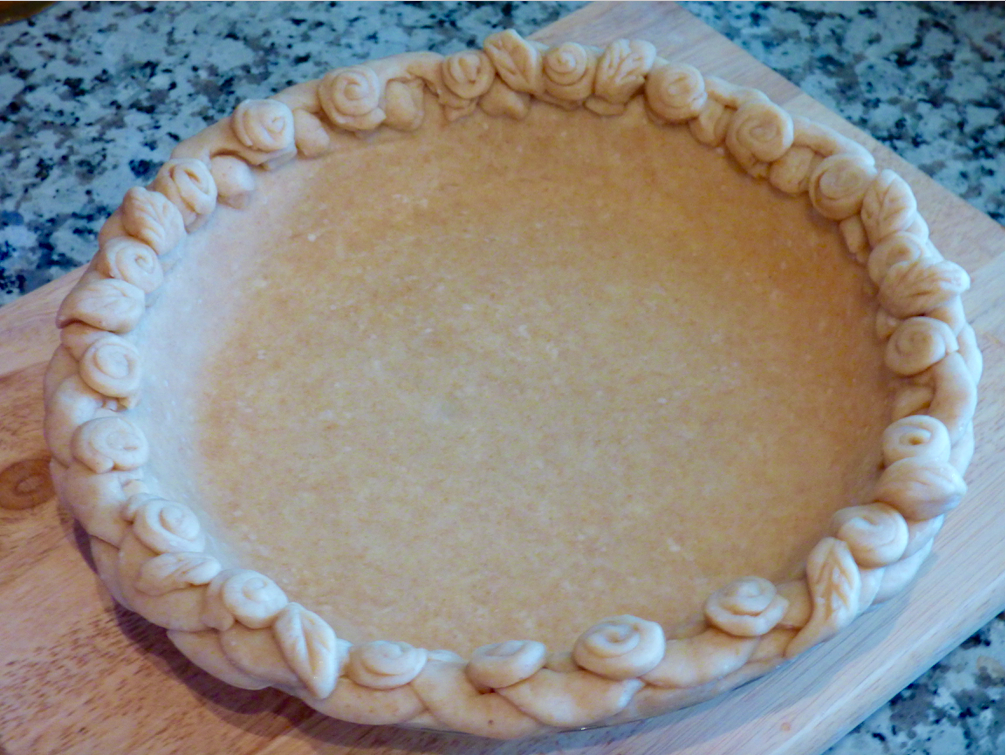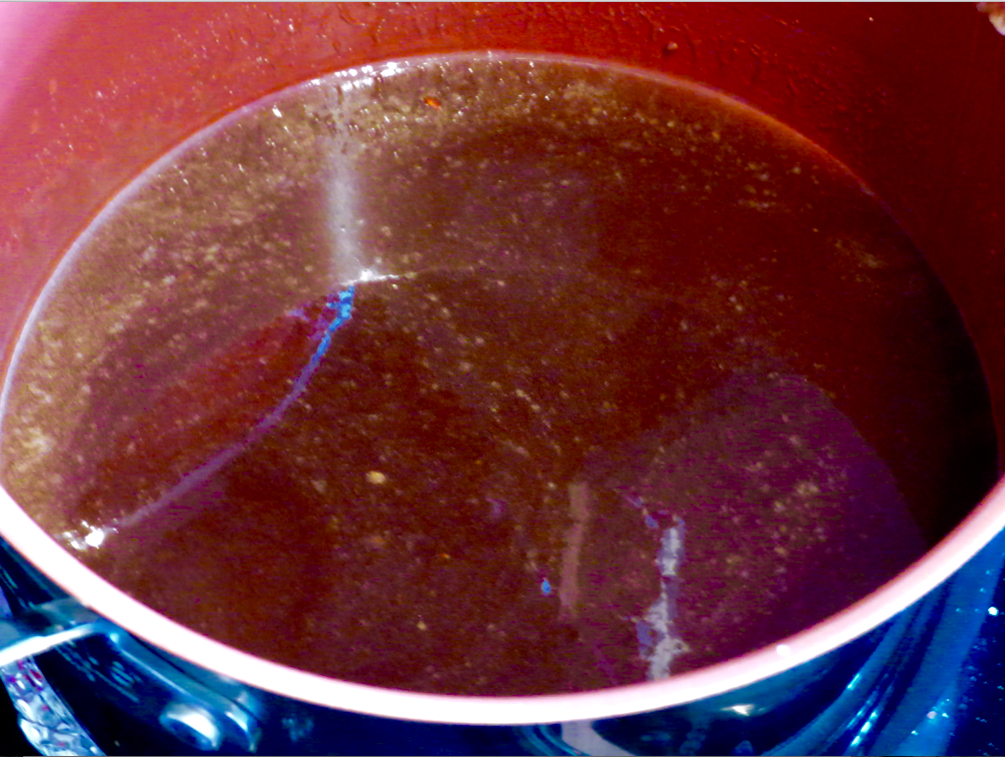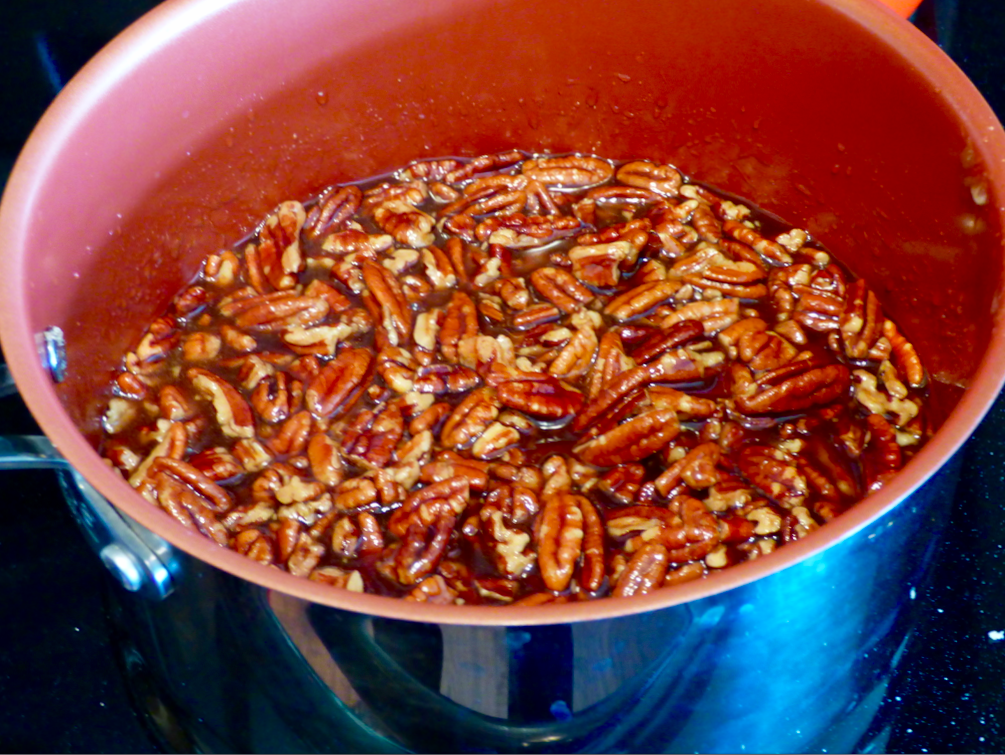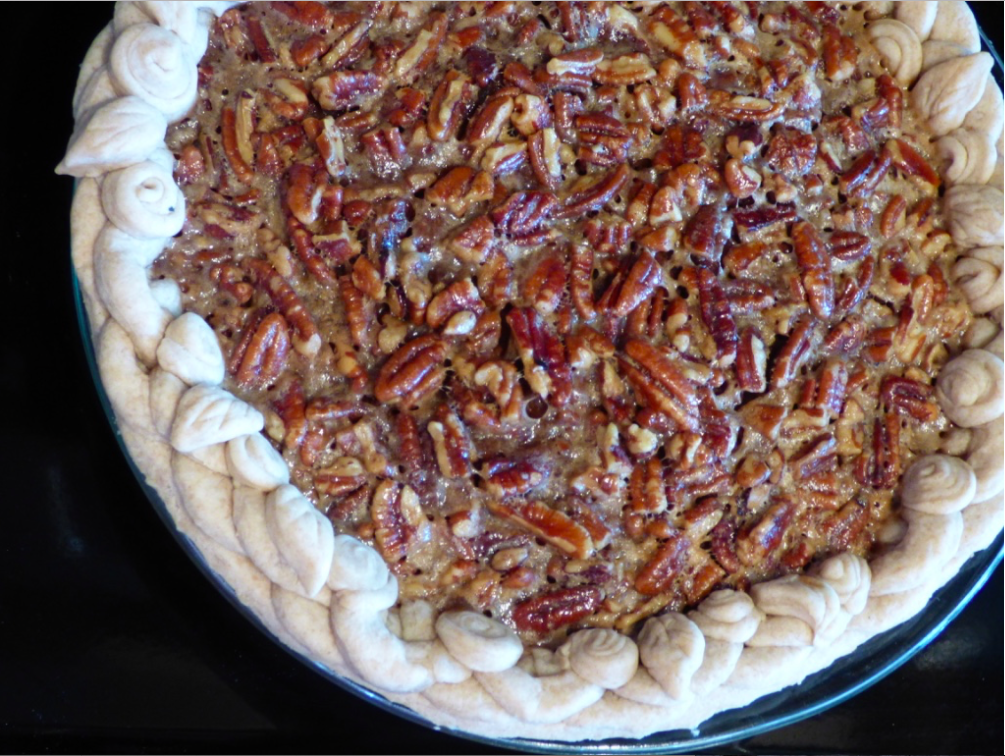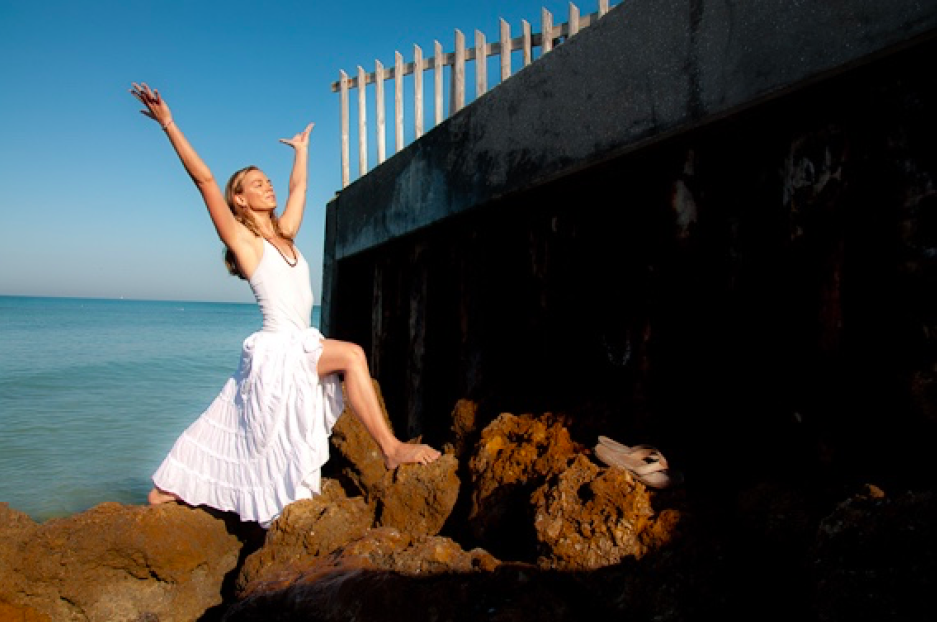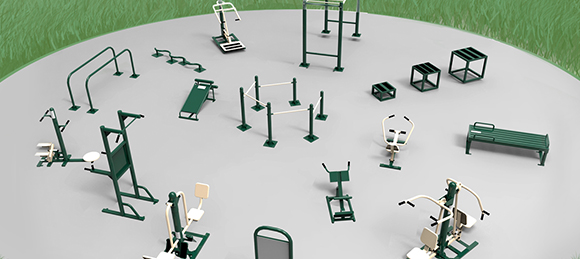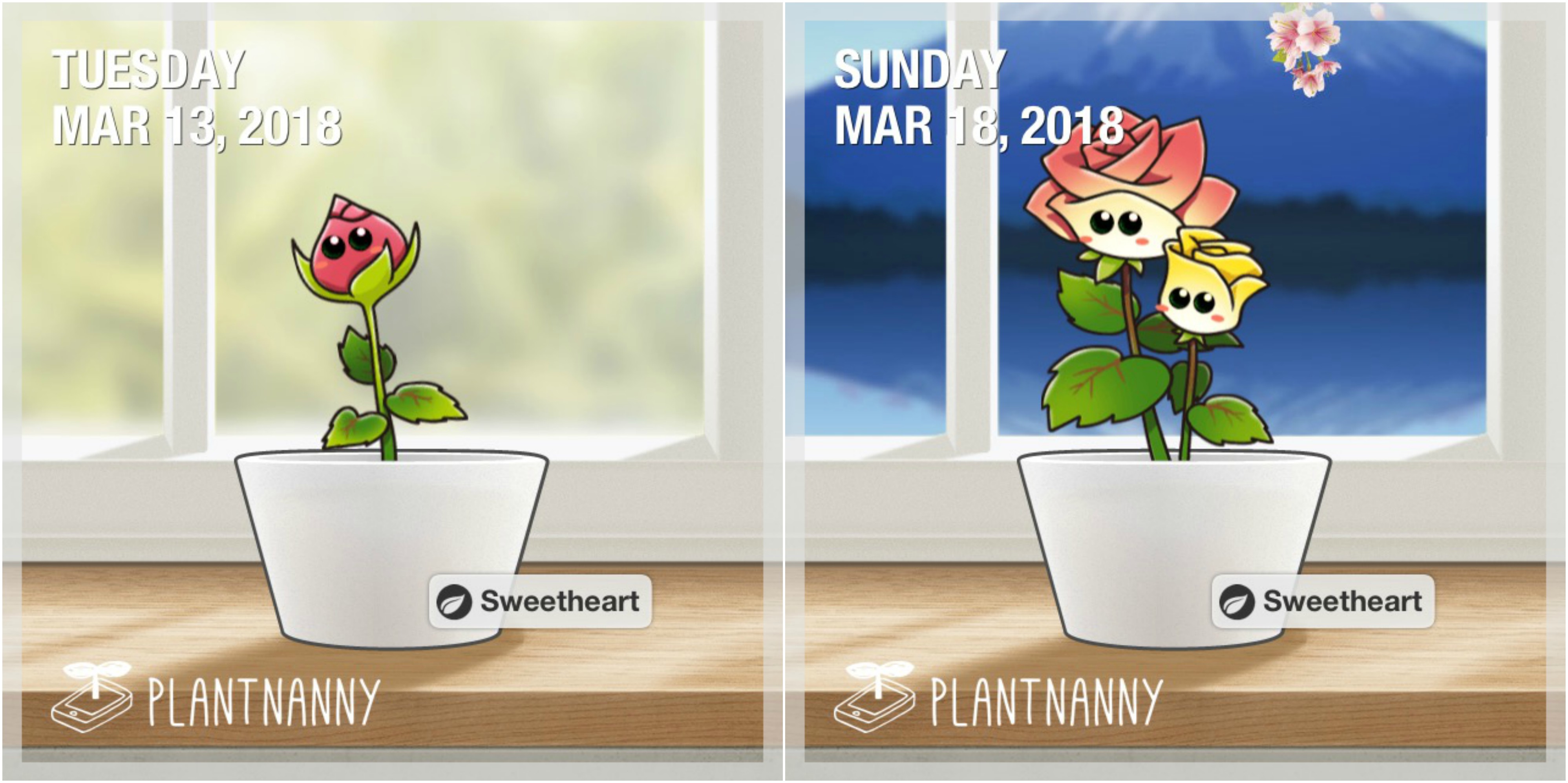 I found this really cute app called Plant Nanny. It helps you drink enough water. It was rated as the best App of the Year in 2013 and has been downloaded over 1,000,000 times. It’s free and slightly addicting, in a good way…
I found this really cute app called Plant Nanny. It helps you drink enough water. It was rated as the best App of the Year in 2013 and has been downloaded over 1,000,000 times. It’s free and slightly addicting, in a good way…
I’ve been playing with this app for a couple of months and I can tell you that it works. So much so that I’ve shared it with 60 people. From the App Store description:
Plant Nanny combines health with fun to remind you to drink water regularly. The cute plant keeps you company every day by living in your phone. In order to keep it alive and help it grow, you must give it water at certain periods of time.
One of the first things I talk with new clients about is the importance of being well-hydrated. One of the reasons people try yoga is because they want to increase their flexibility. Being well-hydrated is an essential first step towards reaching this goal.
Inflexibility (muscle tightness, cramping, etc.) is just one side effect of dehydration. Being well-hydrated has many positive effects on the body and mind. According to the CDC, drinking enough water can help with:
- Managing body weight
- Clear thinking
- Mood stability
- Regular digestion
- Prevention of kidney stones
Paying attention to your hydration levels involves paying attention to your body. That’s not always an easy thing to do. Many people find that it’s easier to focus on another person’s well-being, as a way of beginning the process of taking care of themselves.
Nurturing someone else helps them do the very thing they need to do for themselves.
- Start a plant. Select any of the free varieties, pick a pot and a background for it. You can even give it a name.
- Enter your body weight and activity level to determine how much water your plant needs every day.
- Select your favorite drinking container and pick a water measurement.
Say you pick a glass that holds 8 oz of water. When you water your plant you press the glass icon button. Above the icon is a number. If you need to drink 64 oz of water every day, you’d need to water your plant 8 times a day.
The idea is to drink water at the same time as when you water your plant. Each plant bobs and chirps when you water it. However, if you forget your plant it gets sad and eventually dies. [Hint: Don’t start a plant at night.]
 The first time I forgot to water my plant I tried reviving it with my “Drops of Life.” You start with ten drops that be used to help your plant grow faster or can revive a dead plant. None of my plants died but I did waste a lot of Drops trying to resuscitate my sad little plant.
The first time I forgot to water my plant I tried reviving it with my “Drops of Life.” You start with ten drops that be used to help your plant grow faster or can revive a dead plant. None of my plants died but I did waste a lot of Drops trying to resuscitate my sad little plant.
 After your plant grows up (takes 1-2 weeks) you move it to your garden where it produces seeds every day. You can use these seeds to buy exotic plants, fancier pots and unique backgrounds.
After your plant grows up (takes 1-2 weeks) you move it to your garden where it produces seeds every day. You can use these seeds to buy exotic plants, fancier pots and unique backgrounds.
 Plant Nanny teaches you how to take care of yourself through a personalized approach to health and wellness. It also teaches kindness, empathy and self-care.
Plant Nanny teaches you how to take care of yourself through a personalized approach to health and wellness. It also teaches kindness, empathy and self-care.
Interested in learning some additional strategies for staying well-hydrated? Contact me to schedule a free initial consultation.
If you enjoyed this article you might also like:
